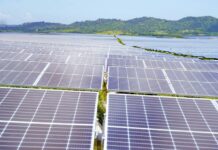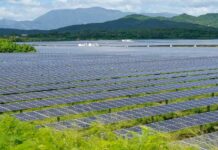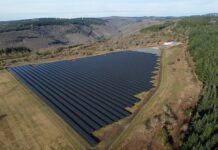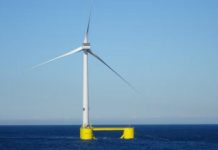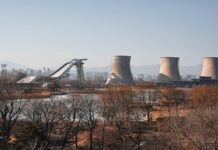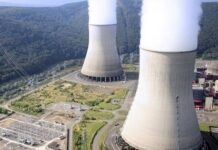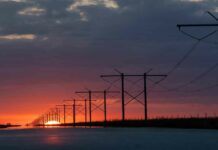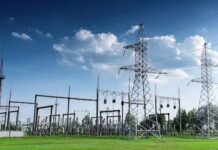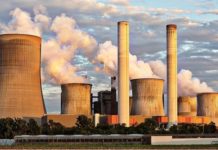The global nuclear power generation capacity is going to increase by 60% through to 2040, according to the World Energy Outlook report by International Energy Agency (IEA).
As well as Korea and Russia, developing nations such as China and India are likely to lead the worldwide increase.
The global installed nuclear power capacity will soar up from 392GW in 2013 to 624GW in 2040. China alone will generate 100GW of nuclear energy in 2040, says the report.
Nuclear energy’s share in the global electric power generation capacity, however, has seen an increase of one point to 12%.
Almost 200 nuclear reactors out of the 434 operating ones in 2013 are due to retire by 2040, IEA informs. Such a mass closure is likely to cost $100bn, according to the report.
Europe, US, Russia and Japan are going to face the most number of nuclear plant closures. According to the agency, nations will need to take necessary decisions regarding the closed plants, including ways to manage growing volumes of spent nuclear fuel in absence of permanent disposal facilities.
Since 1971, renewable power generation through nuclear atoms has helped reduce almost 56 billion metric tonnes of greenhouse emissions, IEA reveals.


